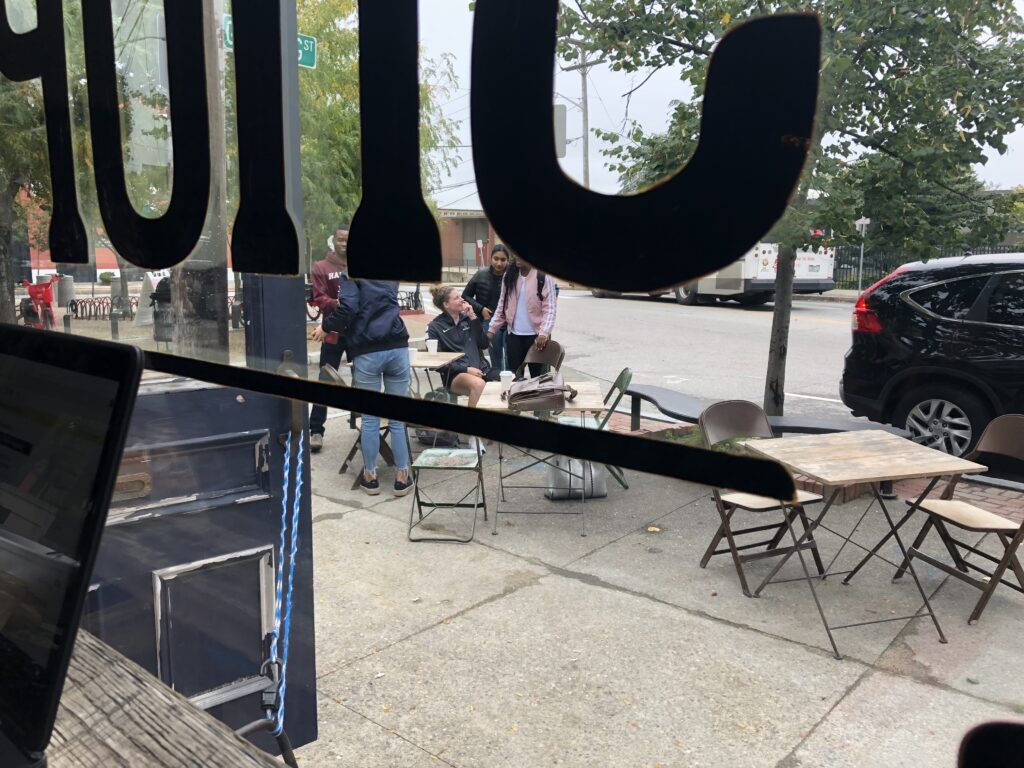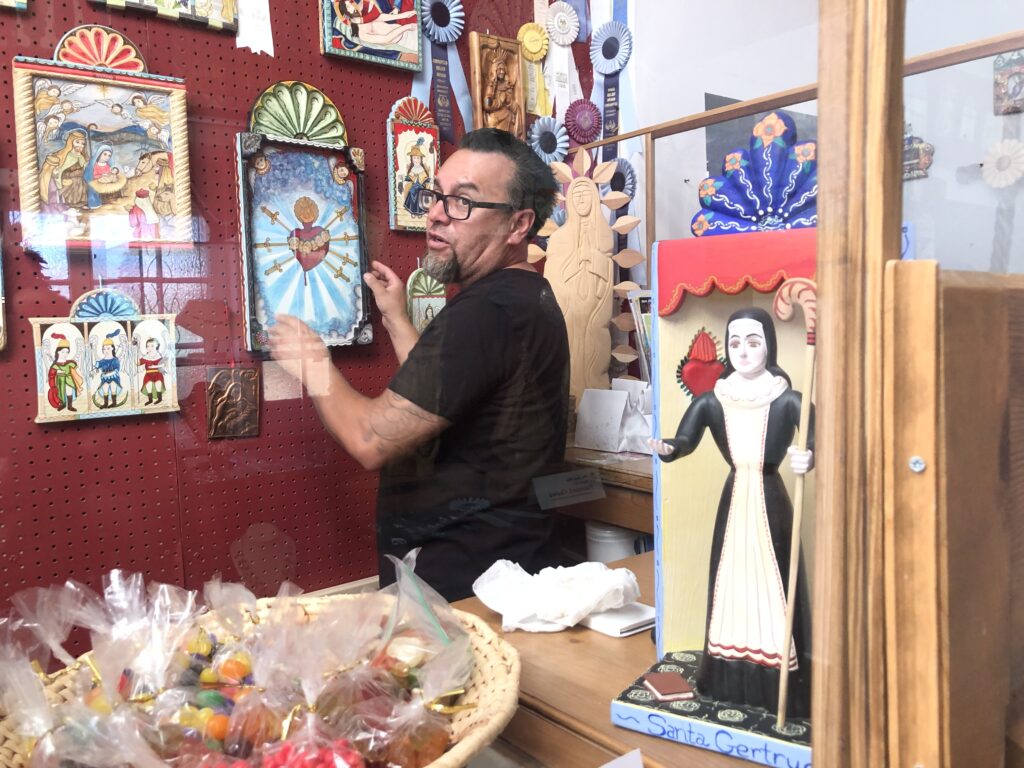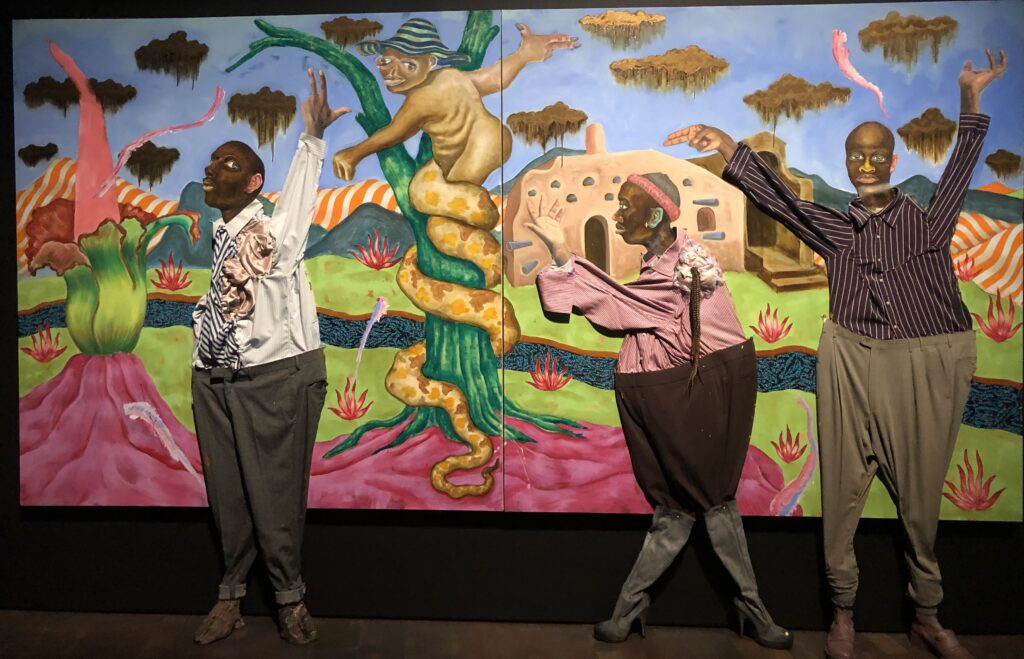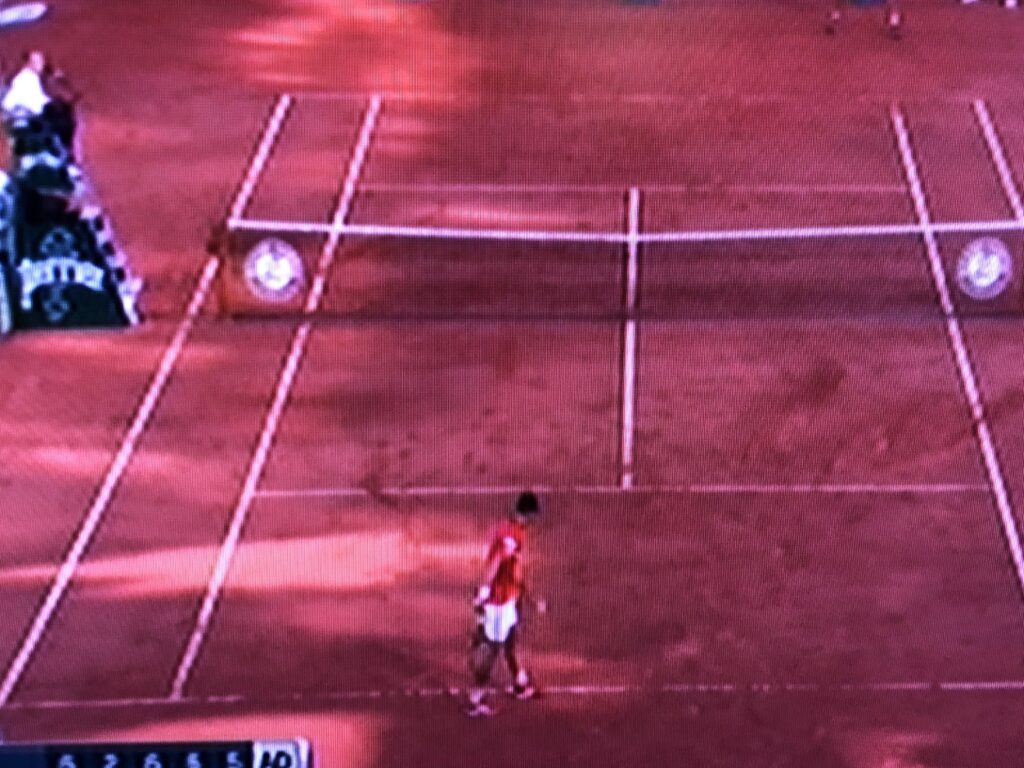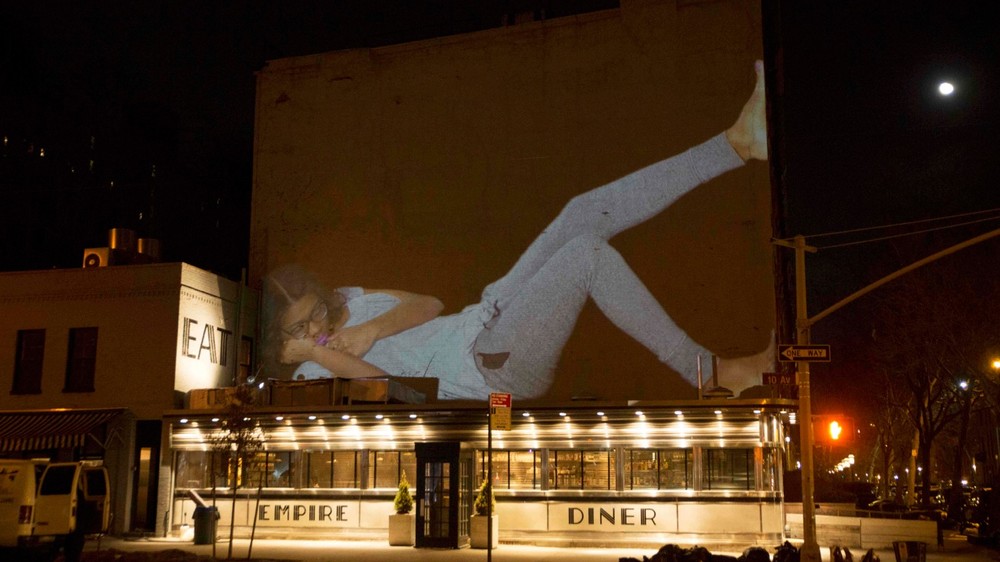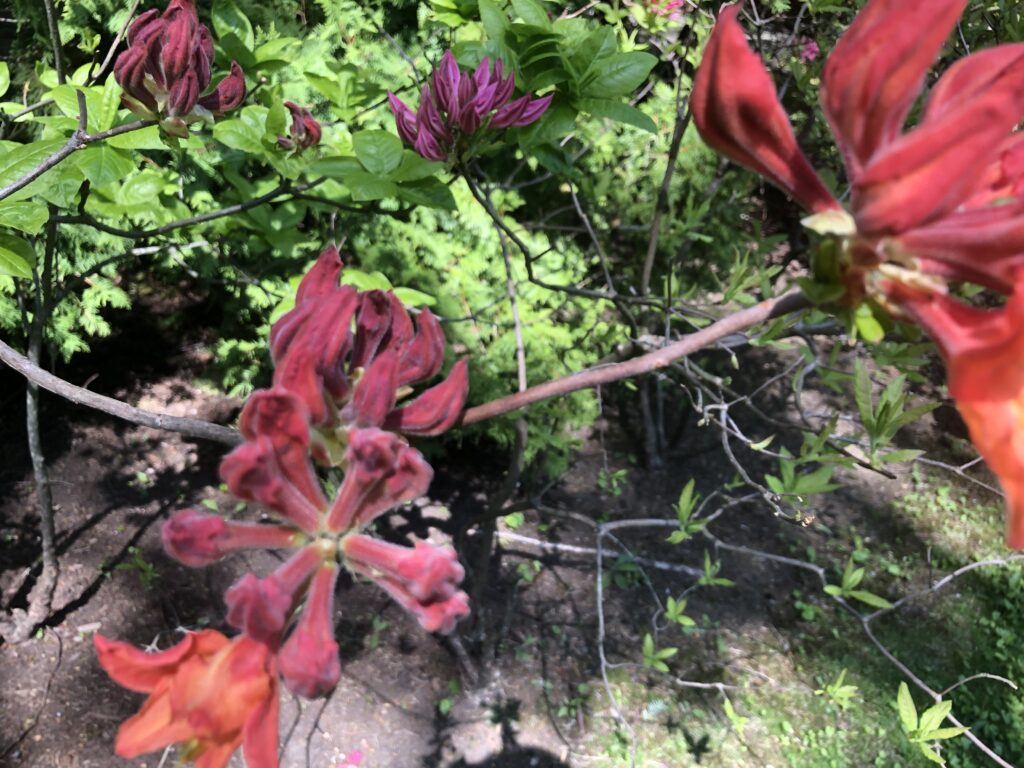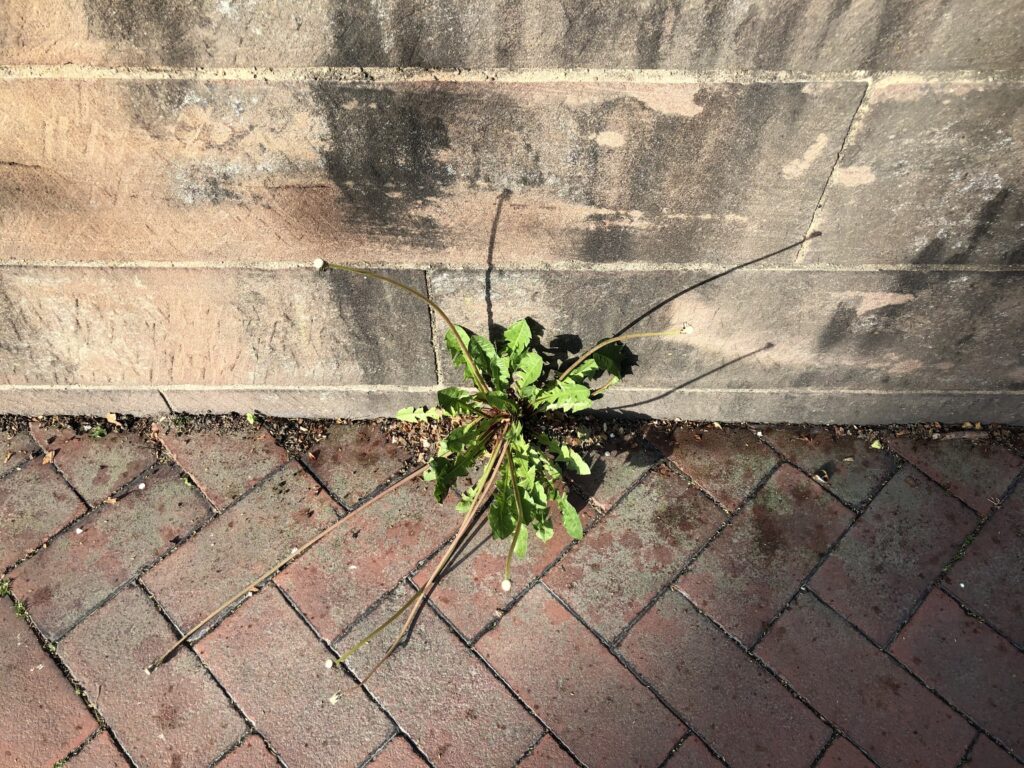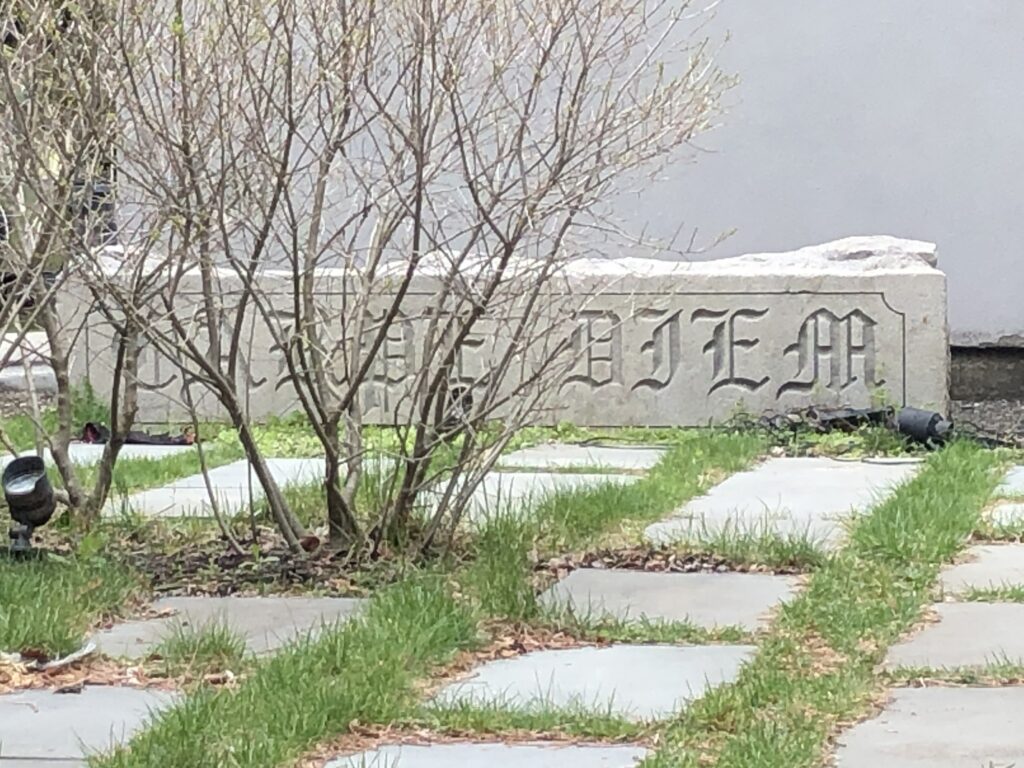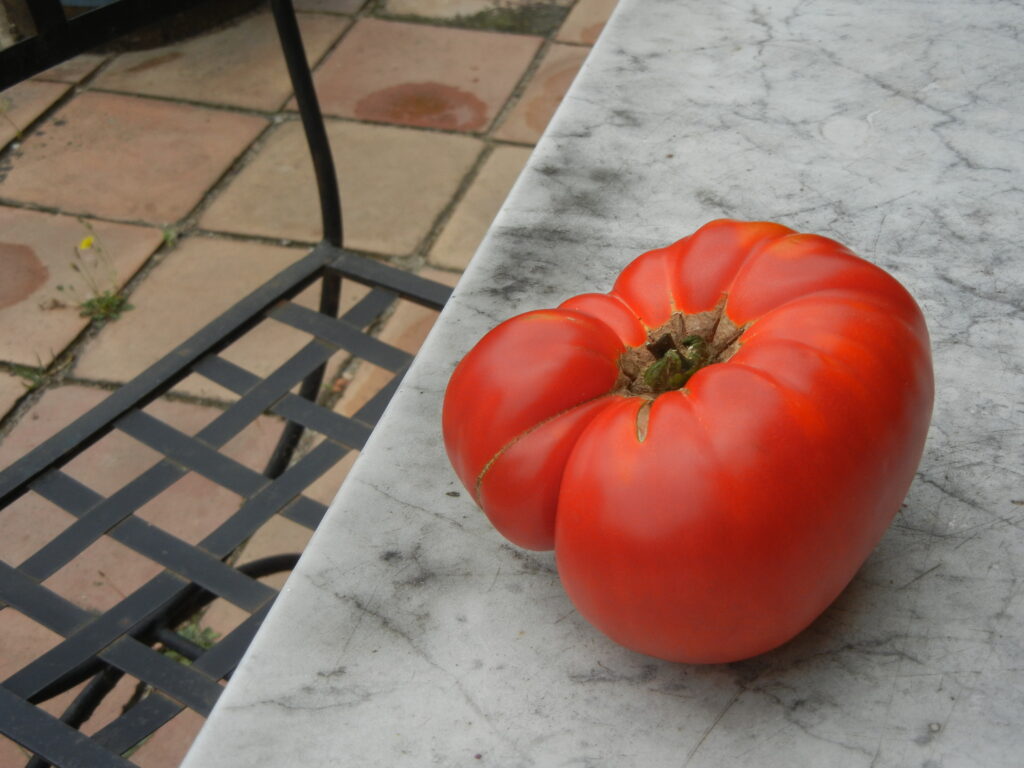
An August Sunday in the city — empty, empty, empty. The streets are clearer, blacker, more asphalty, an open stage, an asphalt canvas. Things, so subsurvient to people, step up their presence and shine. The shopping bag is always heavier than the slim arm of the walker whose shorts seem longer than his legs. Orange day lilies have their heady moment, erupting through scrabbly soil and gravelly roadsides; they earn their nicknames — outhouse day lily, roadside, railroad, ditch, washhouse, mailbox, tiger, tawny. The posts of street lights commune with trees. The bike dreams the leisurely biker.
It reminds me of the older version of boredom that used to be baked into summer — good boredom, a chance for something else to erupt through the hard-wired, conquesting surface of the year’s ambitions. Reverie and its twin, ennui, will get edged out by extreme weather, health, plagues, breakdowns, etc. An air current lazing through a screen door, undeterred, unhampered is good work if you can get it.

